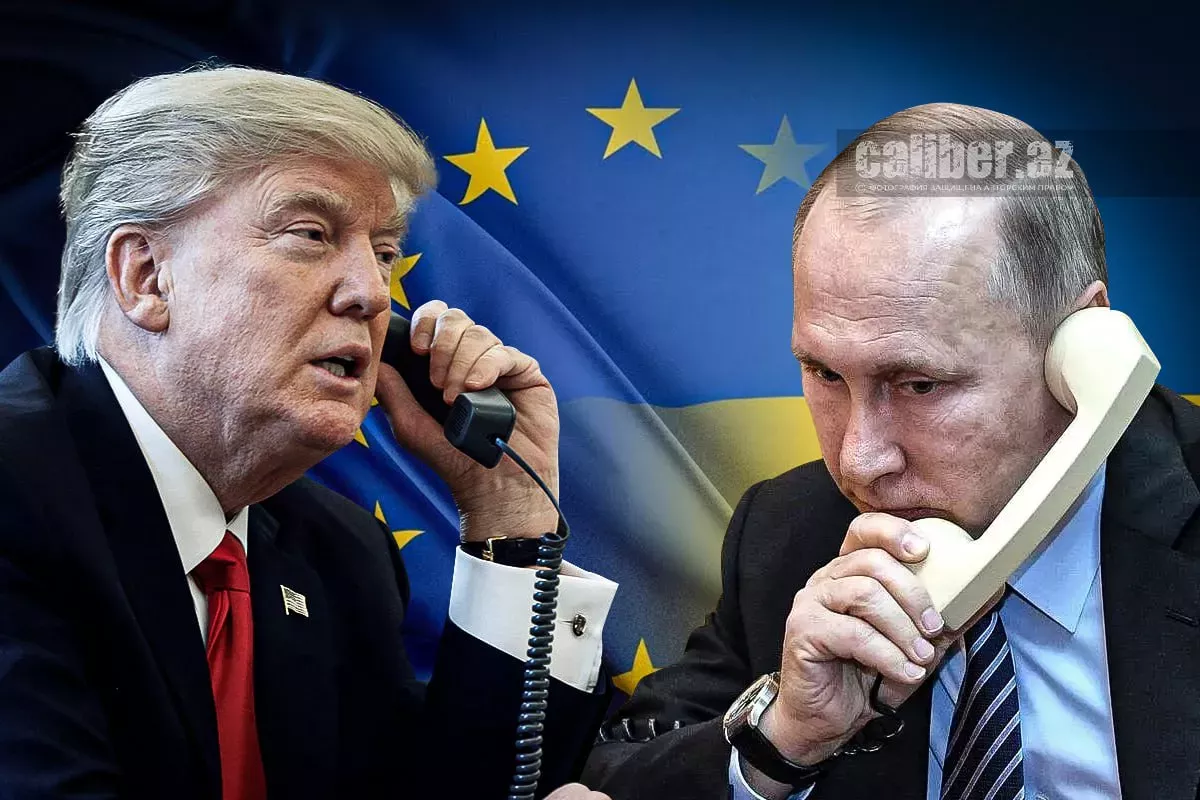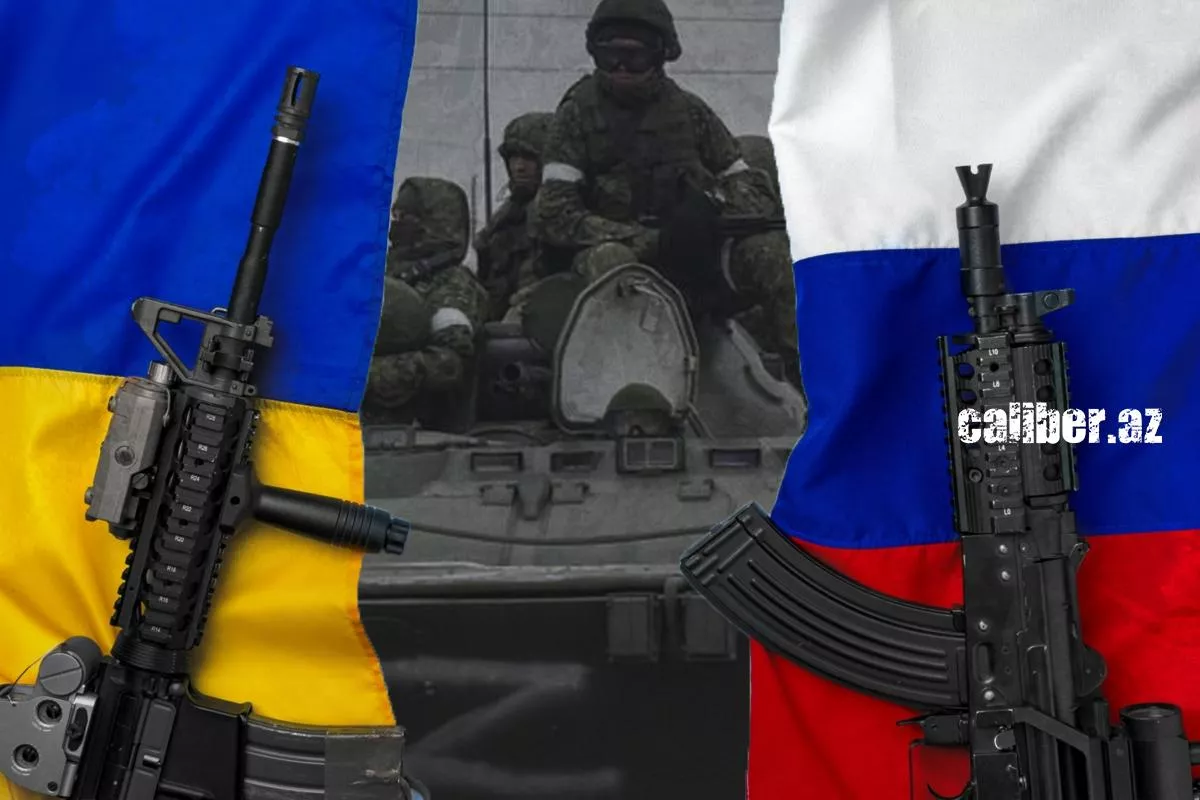What's behind Alaska rendezvous: Symbolism, strategy, or stalemate?
US President Donald Trump, in his characteristic style, once again caught everyone’s attention with a surprising announcement. On August 9, he posted on his social media platform, Truth Social, that he plans to meet Russian President Vladimir Putin on August 15 “in the Great State of Alaska.” Moreover, he managed to surprise everyone twice.
First of all, no one expected the talks to happen so soon. And secondly, it was surprising that the meeting spot wouldn’t be neutral ground, but an American state. Or is it really? Experts — especially Russian ones, naturally, — have flooded the media with various interpretations of what the chosen location might symbolise.
Some see it as a sign of neighbourly goodwill, or a private conversation without intermediaries, while others have concerns about security (trust no one), and the fact that Alaska was once Russian territory.
If you strip away all the sentimental fluff, one clear fact remains — President Putin is going to America to meet President Trump. In diplomatic terms, this means the meeting is more important for Putin than for the American side. Naturally, the first thought that comes to mind is that Washington, the West as a whole, and of course, war-torn Ukraine, have pushed Russia to a point where continuing the war threatens unpredictable consequences for it.
However, among experts, it has become common to say that Putin is, as usual, “leading Trump by the nose.” From this perspective, the trip to America appears to be the height of the Russian president’s cunning. This scenario could be considered, if not for the fact that the risks for Russia in such a case outweigh any potential benefits.
Indeed, why would Putin want to anger Trump? To buy time? Just a couple of weeks until Trump realizes he’s been deceived? What could Putin achieve in those few weeks? Full annexation of the territories that the Russian parliament has already incorporated into Russia? Very unlikely, if that’s even the right way to put it.
But the consequences of angering Trump are fairly easy to predict. The first thing that comes to mind is full-scale military support for Ukraine. This support would be completely legitimised, as it would be justified by the perceived irrationality of the “client.” Therefore, the scenario of deception and trickery should be dismissed as ineffective.
It’s a different matter if Trump has already reached an agreement with Putin on a certain outcome that satisfies both sides. Moreover, the fact that this outcome may not—and most likely will not—satisfy a third party, Ukraine, actually works in favour of both leaders, as it allows them to blame any failure on Kyiv’s stubbornness.

Trump noted that the peace agreement on Ukraine would include “some swapping of territories,” and that the country’s president, Volodymyr Zelensky, "will have to be ready to sign something." Considering that Ukraine does not hold a single meter of Russian territory, it becomes clear that the discussion is about exchanging Ukrainian territories for... Ukrainian territories.
This was essentially confirmed by Steve Witkoff following his recent visit to Moscow, according to The Wall Street Journal and Axios. According to these reports, he first told European leaders that Putin agreed to a settlement if Kyiv conceded the so-called “DNR,” “LNR,” and Crimea.
Then he said that Putin agreed to “freeze” Russia’s positions in the Zaporizhzhia and Kherson — meaning Russia would step back from earlier demands that Kyiv recognise these territories as Russian (while not giving up claims to them - ed.).
But then the German newspaper Bild reveals Moscow’s reaction to this leak, stating that Witkoff misunderstood everything — in reality, Moscow’s demands have not changed: the Ukrainian Armed Forces must leave all the territories that Moscow has declared Russian.
However, Trump had two days to figure out whether Witkoff accurately understood Putin. And if Witkoff was mistaken, then why announce the meeting in Alaska? Does that mean that there’s something more going on?
Oh yes, there is also the possibility of an agreement on a so-called air ceasefire, an idea that Moscow has been floating for weeks now. As the name suggests, it would mean that Russia and Ukraine would stop launching drone and missile strikes against each other.

It will be easy for Trump to present this ceasefire as a diplomatic victory, since it would stop the deaths of Ukrainian civilians. However, it would have minimal impact on the situation on the ground, where Russian forces are currently making new gains.
Moreover, Kyiv’s decision to halt air strikes on targets behind Russian lines would significantly reduce the growing tension in Russian society, not to mention the direct military and economic damage. In other words, what appears to be a way to save Ukrainian civilians could actually pose an even greater threat to Ukraine’s sovereignty.
By the way, Zelenskyy is far from enthusiastic about the idea of an air ceasefire and has outright rejected the possibility of any “territorial swaps."
The situation becomes even more tense given that Europeans have simultaneously expressed support for both Zelenskyy and the talks in Alaska.
Perhaps the situation around Ukraine has never been as complicated as it is now. There are reasons to suspect that despite potential high-profile media breakthroughs, real progress toward peace is still a long way off.
Alas — if you are so hungry for symbolism.








